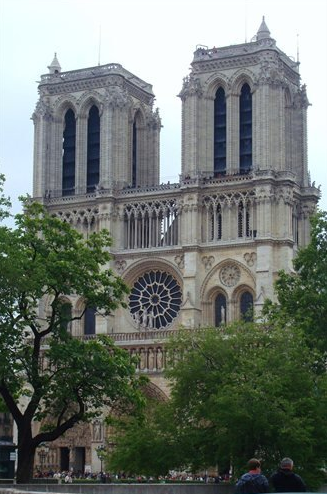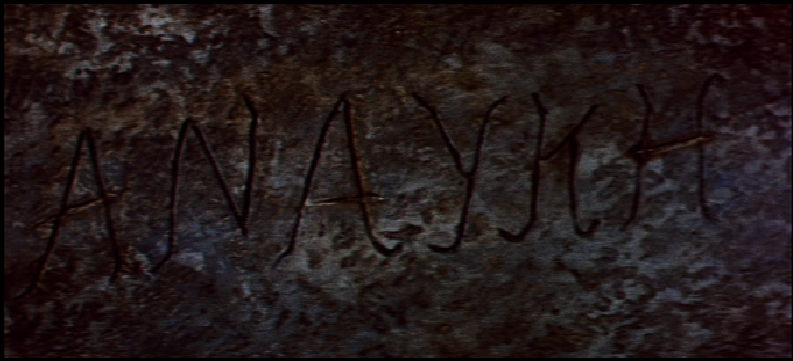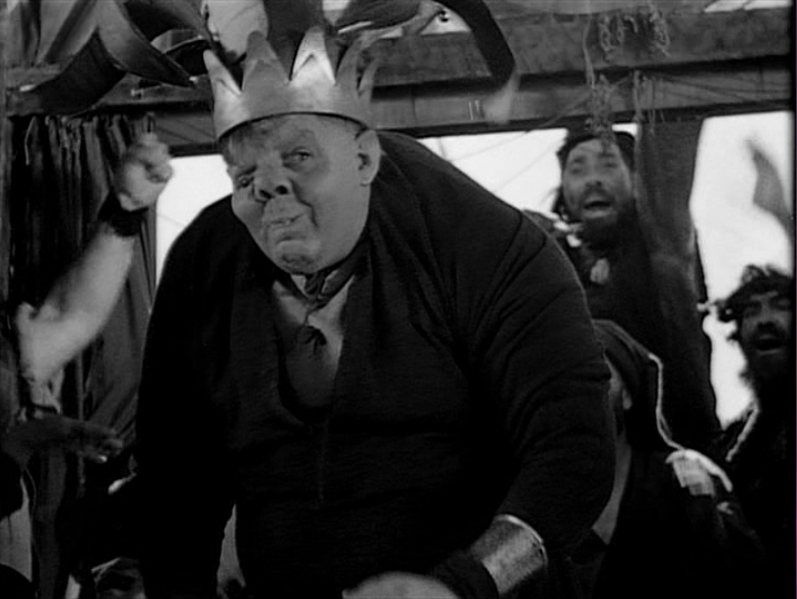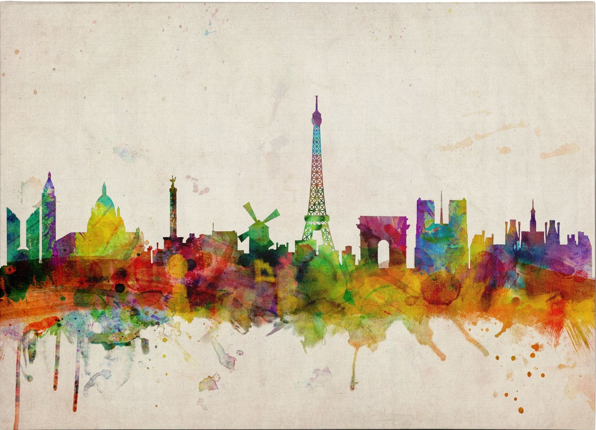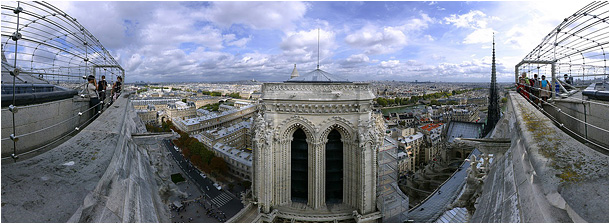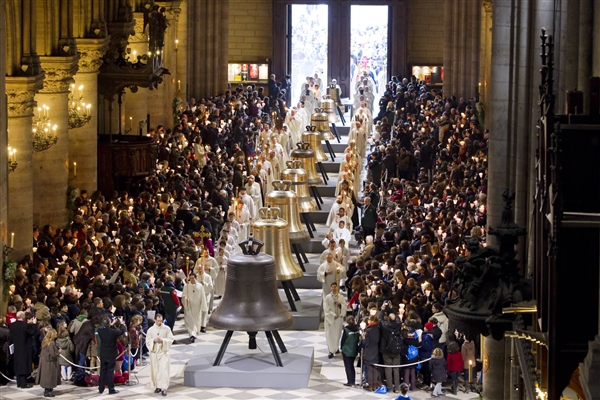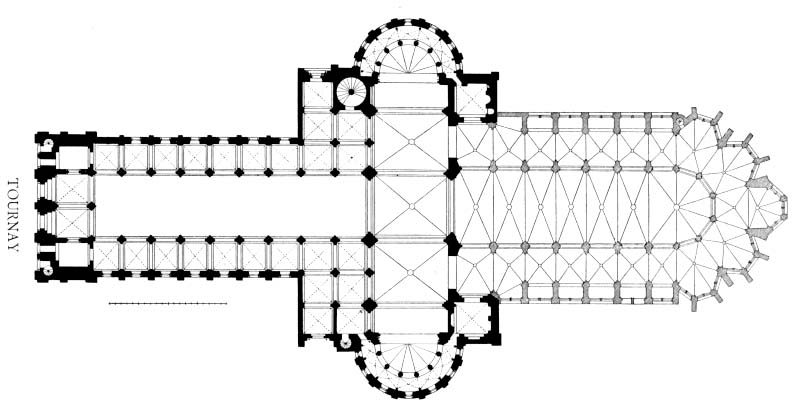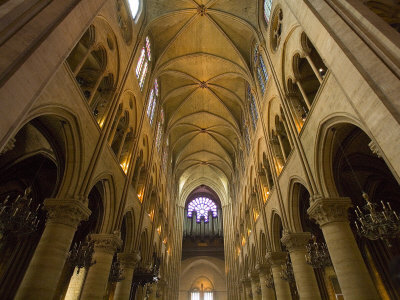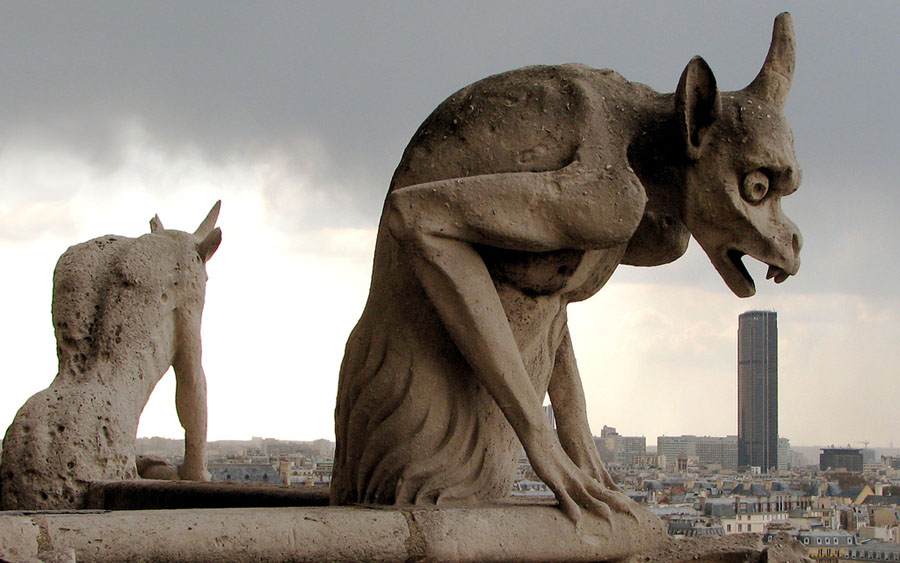It’s true that Notre Dame owes a lot of its cultural significance to Victor Hugo and his novel but Notre Dame didn’t just sit there and let Hugo’s imagination work with out her influence.
One story goes is that as Hugo was up in the towers of Notre Dame he came across a word craved on the wall. The Word was “Ananke.” Ananke is a noun that means “force, constraint, necessity” and is the personification of destiny, necessity and fate. Seeing this word craved on the wall made Hugo think about the person who wrote it. From this word Frollo was conceived, making him the first character for the novel. Ananke is also a major theme in the novel.
Also while Hugo was exploring Notre Dame, the cathedral was going though repairs. One of the stoneworkers was a Hunchback who was also British. His name was Henry Sibson This suggests that Quasimodo was inspired by Sibson.
You can get the Print of Notre Dame by clicking here!

